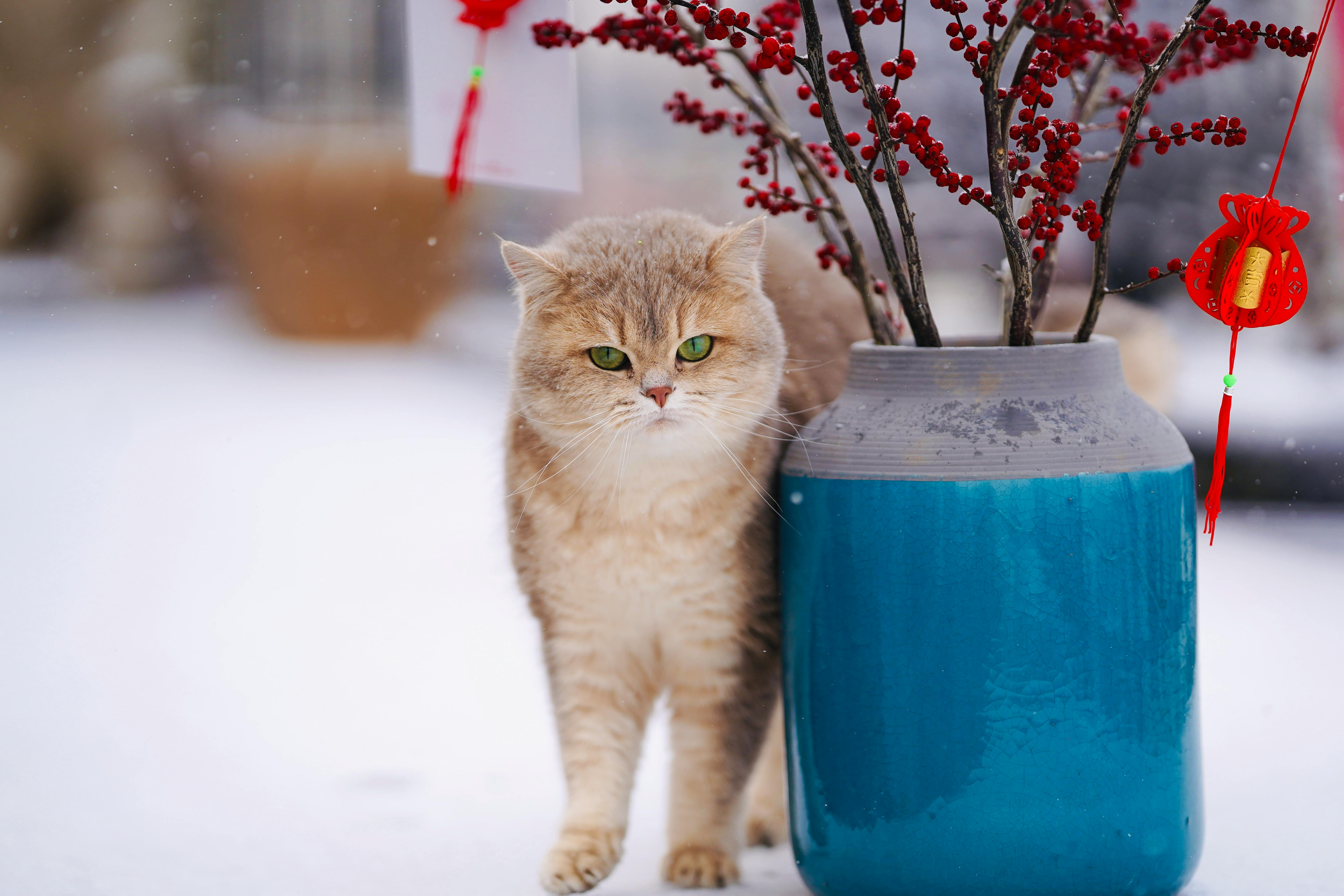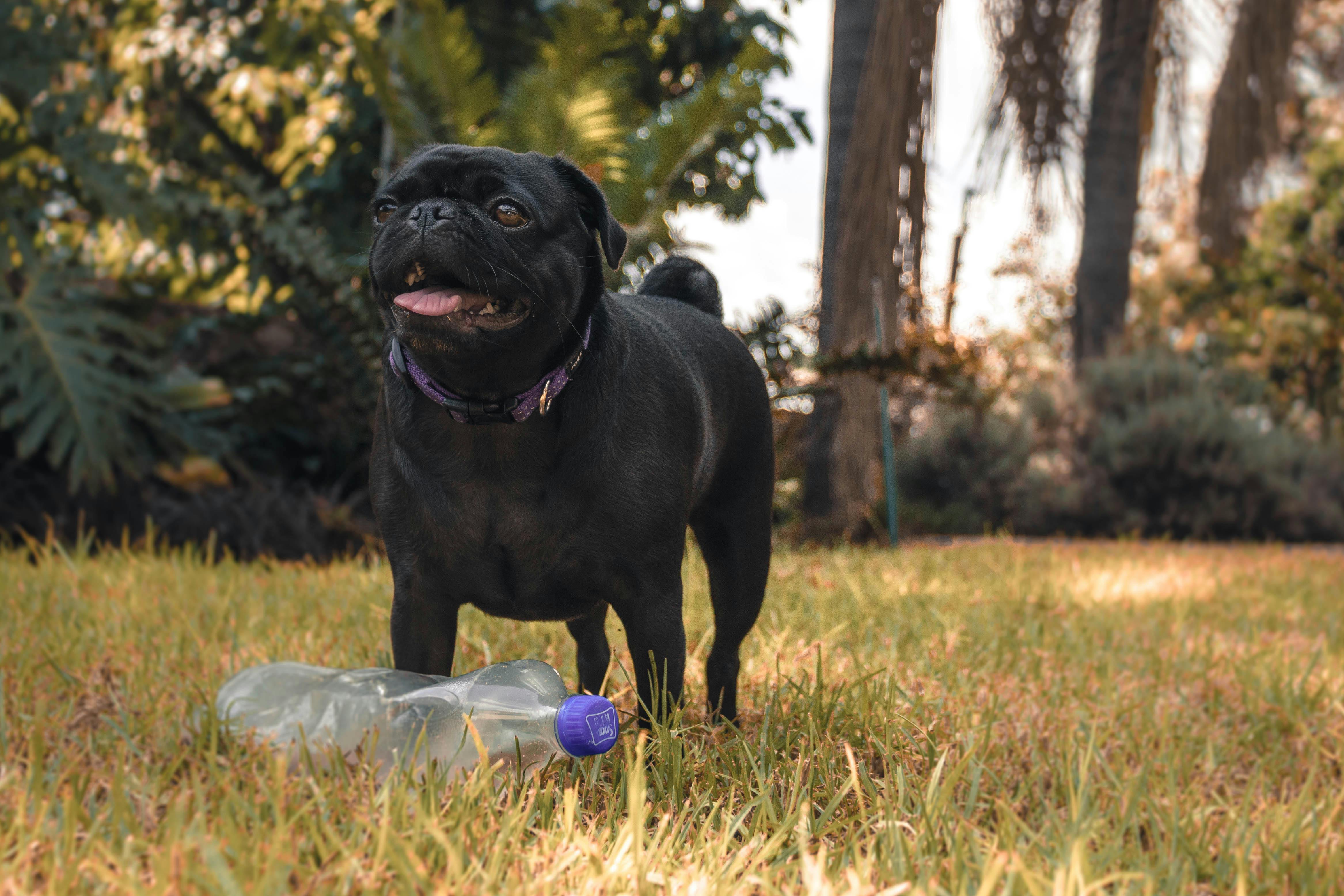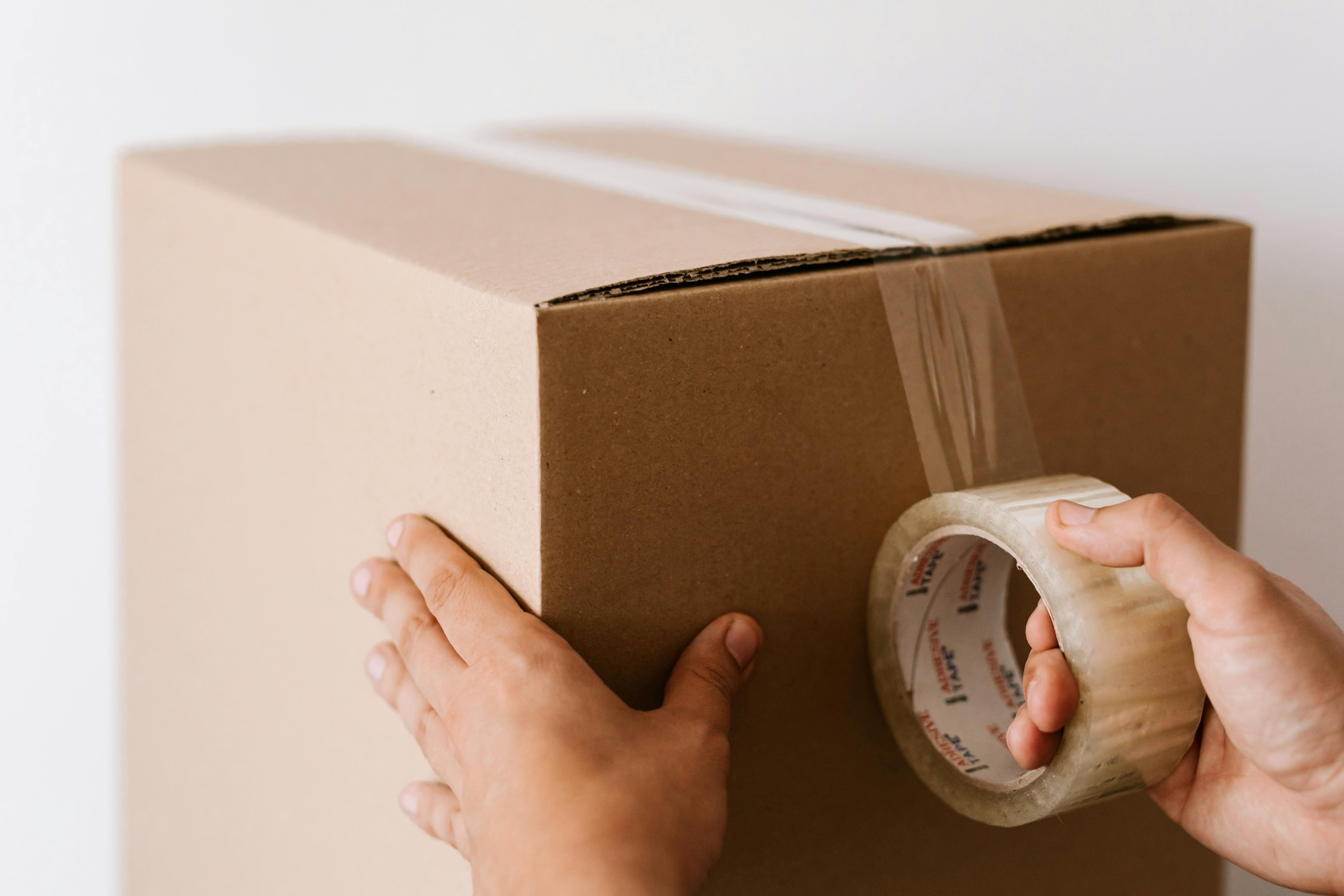
Permaculture: a sustainable vision for the 21st century
Permaculture was created by Australians Bill Mollison and David Holmgren in the 1970s. A clue to the meaning of permaculture can be found in the origin of the name itself. It is an abbreviation of the two words, permanent and agriculture.
Permaculture uses nature to create sustainable agricultural systems. Once established, a permaculture system should allow a much greater degree of independence from human involvement in maintaining the system. Permaculture can be scaled to fit any amount of land available for the project, from a small suburban block to a large farm.
Permaculture implies a concern for the environment, people and the future. The goal is to always improve the environment. It involves the consideration of the physical and emotional well-being of the people in terms of the provision of food and shelter and also with regard to the reduction of the manpower required to maintain the system. Finally, it demonstrates our concern for the conservation of our resources, which is achieved through recycling, through the use of renewable resources and through the use of adequate planning that allows various characteristics of the system to act cooperatively.
A key aspect for the practical implementation of a permaculture garden is the division of the garden area into several zones. This involves placing different areas of the garden in the correct position in relation to other areas. Areas that require the most attention should be located closer to the house, which is an easy way to use time and energy more efficiently.
Permaculture requires an understanding of natural processes and the utilization of these natural processes for the harmonious development of the garden. You will find that working with nature is much more effective than working against it, and when the system is working as it should, you will benefit from the fact that nature participates in your dream rather than fighting it.
Another important principle of permaculture is the emphasis on caring for the people involved in the system. This care ranges from the care that you must invest in your own well-being to the care that must be shown to an entire community. After all, if you are concerned with proper and sustainable relationships within the various aspects of permaculture, it should not be forgotten that perhaps our greatest resource is ourselves.
Permaculture teaches us that we must limit our consumption of resources to live sustainably. If we can use manure from animals that live within our permacultural system, then we will be better off than if we drive elsewhere to buy manure, using fuel in the process. The grass that needs to be kept under control should be fodder for the animals rather than having to be cut with a lawn mower or cut with a mower pulled by a tractor. So instead of having to use resources like fuel in an unsustainable way, this approach actually creates a resource in the form of manure that can be used to improve the fertility and structure of the garden. These are simple but valid examples of living sustainably.
A very good example of a useful animal to have in a permaculture garden is chicken. Chickens will clean up fallen fruit and yard debris, create fertile garden areas, and scrape away straw and hay creating a wonderful mulch in the process. And at the end of the day, they will reward you with eggs.
There are countless books and magazines available to anyone interested in learning more about the art of permaculture, and many courses can also be found that offer a hands-on approach. It is an approach to life and life that must be adopted today more than ever and we must remember the words of the co-founder of permaculture, Bill Mollison, when he said: “Although the world’s problems are increasingly complex, the solutions remain shamefully simple “.








